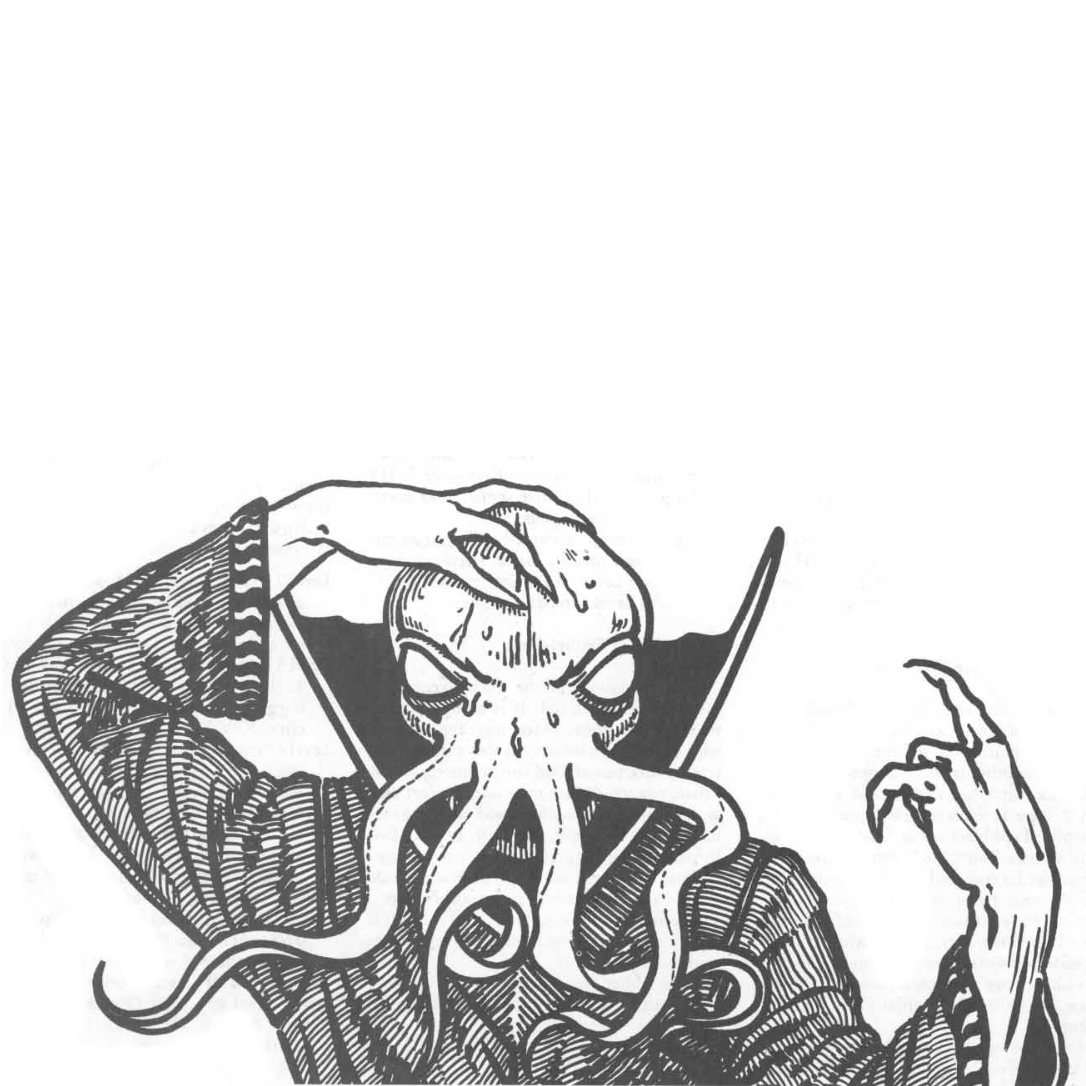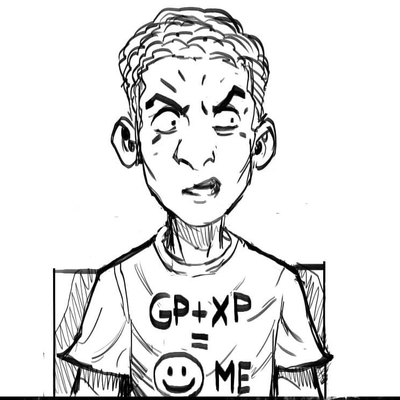Hey everyone, the story of the current campaign (Homebrew DnD5e) I’m running is wrapping up and I’m planning to run the One Ring 2e for a bit before starting another long campaign. Players and I are excited for something a bit different and I’ve read through the rulebook/starter set a few times now.
Has anyone here had experience with the system and is there any system specific advice you have for it?
Thank you for your time reading 🙂
I’ve ran a few of the starter set adventures set in the Shire. Overall opinion is that it wasn’t cup of tea to run. The system felt like it was in a odd place, too crunchy for a light system and not crunchy enough enough for a medium crunch system. It just felt… weird. A bit off. As for crunch level it is way below 5e, almost more akin to an OSR system. But it so hard tried to lean into narrative mechanics.
Now I have to admit that my experience of the system is based on playing starter set adventures, leaning into the idyllic country life. We never used the fellowship rules which does look interesting and instead just hand waved recovery between adventures. I think longer more gruelling adventures would allow the system to shine better. Primarily through the fellowship phase, the downtime and recovery phase. But instead I had a bunch of hobbits doing stuff for Bilbo.
Bilbo. Here we come to my second issue with the system. Tolkien’s world and the works based off it. For many this is the selling point but I felt a bit too restrained. We do know what happens in the world, things that already were set in motion at the time of the starter set. And I’m one of those who doesn’t really want to mess with canon stories so having Bilbo there, right in front of me, restrained me. I should really stop running games in well known established settings.
To summarise. It is a well crafted system that I found sitting in a weird place crunch-wise. The direct presence of lore-essential characters and events did restrain me in what I felt I could do with it.
This is a really good response, thank you!
I see what you mean with the lore essential characters and tend to agree. I think I’ll use the starter set for inspiration but discard a bunch of it including characters like Bilbo (outside of being an NPC if players insist on visiting bag end).
Thank you for the heads up on mechanics, I think (with admittedly no experience) that relative to systems like dnd5e it’s still light enough to be manageable for a short-shot. I’ll keep an eye out on how the crunch handled (and ask players how they feel about it as they play).
I’ve only played some of the starter set as a player, so I can’t provide a ton of insight there. I think the biggest thing is making sure the players are bought into the core concept of the game and the system. It is not 5e, doesn’t play like 5e. Combat is far more abstract, and for some that becomes a barrier.
Hopefully other GMs will chime in with advice on running it, but making sure it’s a good fit for the group is where I go to first.
I’ve run a 5 games in TOR2E so far, no campaign, just one shots. I find it falls into the same trap Free League regularly fall in (see also Twilight 2000 4th edition for example), in that it’s too crunchy to be a really good narrative system but at the same time it’s too loosey goosey to be a really good gamist system. Because of this, the system fails to really hit the spot with either audience.
The starter set with Shire adventures is really to be avoided if you care at all about the lore; with the way they treat existing book characters. But outside of starter set, I feel like TOR2E really hits the spot when it comes to emulating the feel and ambience of Middle Earth.
If you’re really a big fan of Middle Earth I can definitely recommend TOR2E, just without the starter set. But if you’re not a hardcore fan of the setting I’m not sure the system has enough pull to draw you in.
As far as alternatives go; I’ve not played the current 5E adaptation, but I’ve played C7’s 5E adaptation “Adventures in Middle Earth”, and personally found it absolutely horrible. It was a good version of 5E, but it was nothing like Middle Earth. A lot of core D&D 5E gameplay and tropes are inherently incompatible with Middle Earth setting in my opinion.
I have played the Shire adventures using the 5e version of TOR (LOTR RPG) and they are very good adventures. I also have all the old Adventures in Middle Earth books we played for 2 years using AiME sourcebooks. The adventures and source books are excellent for both lines.
I have run two of the Shire starter adventures, and I’m now running the “Star of the Mist” landmark in the CRB. Here are some of my thoughts:
Some people may not like that the adventures may mess with LOTR canon, but we aren’t too hung up on it. We’re all big LOTR fans, so we liked the idea of playing in Middle Earth. Per the CRB, the game takes place in the twilight of the Third Age and is primarily based in Eriador. This pretty much encompasses the time of The Hobbit and Lord of the Rings. All the content out now is for this region. If you want to adventure in Rohan, Gondor, Mirkwood, or pretty much anywhere else east of the Misty Mountains, then you are on your own. If you are good at homebrewing, then you’d be able to set your adventures whenever you want.
The starter adventures don’t really let the system stretch its legs, and my group honestly got a bit bored with them. That’s why we only ran two of them. What we have played of Star of the Mist, they have enjoyed a lot more. Having their own characters to play has helped my group get into the game more.
The change from a D20 system to a D12+D6 system made it difficult for my group to understand it. I did my best to translate some things to 5e equivalents, and this has helped them to understand the rules and mechanics more.
Combat feels simple, but also crunchy at the same time. There isn’t much for the PCs to do in combat other than just attack. If they have a hard time hitting their TN (like a hobbit PC would at an early “level”), then I feel like it ends up being a bit boring for them. Weapons have a static amount of damage that they do. There are 4 stances to choose from, but they feel very impactful. There are a few things that can be done if a PC rolls a 6 on a success die, but all in all combat doesn’t have the flexibility and creativity that other systems have. Those are some things that make it seem simple. What makes it seem crunchy are things like, TNs, adversary parry mods, injuries/wounds (which for adversaries are a bit ambiguous), hope/hate/resolve, encumbrance leading to weariness, low hope leading to being miserable, managing endurance and fatigue. These things themselves are somewhat simple, but all together they can make things a bit confusing. So far, the party has enjoyed combat, but our experience is still quite limited.
This system is very roleplay heavy. If your players aren’t into roleplaying, they might not enjoy it much. If, as a loremaster, you can’t engage your players then you are missing out on a large chunk of what makes this system tick. The shadow mechanic, while very interesting and has some mechanical effect, relies on PC roleplaying. Some people aren’t into roleplaying and just want to do combat, which is fine, but this is not the game for it. As a relatively new GM, this is one thing that I have had a difficult time with. Some people at my table like RPing, and others end up losing interest until we get into combat. The problem is, the game assumes that you are playing a good-aligned character, so combat isn’t always the answer as it can lead to shadow gain.
My biggest issue is with how vague some of the rules and mechanics are. I understand that there is always a bit of ambiguity and GM fiat in TTRPGs, but with the lack of resources that games like D&D and Pathfinder have, TOR 2e can be a bit of a struggle. The newest supplement coming out, Tales from the Lone-Lands, should help with the adventuring and story aspects. Most of what’s out now, however, leaves it up to the loremaster to create then entire adventure from scratch. If you are good at homebrew, this shouldn’t be much of an issue.
All in all, while my experience with the game is still limited, I have been enjoying running the game. It’s been an interesting change from 5e. I’ll keep running it as long as my players are interested in playing and maybe I’ll provide some updates down the road once I have more time under my belt.
Hopefully that helps give you some insight, but if you have any specific questions, I’d be happy to answer them.
We do have a community for TOR 2e here (https://ttrpg.network/c/the_one_ring). There’s not really anything there yet, but hopefully it will grow and be a good resource for other TOR 2e loremasters and players.



